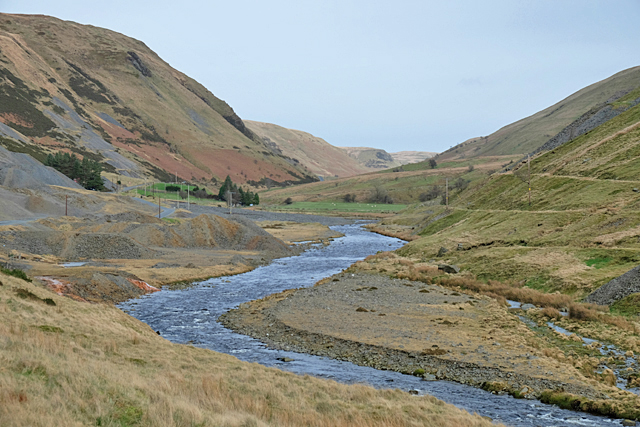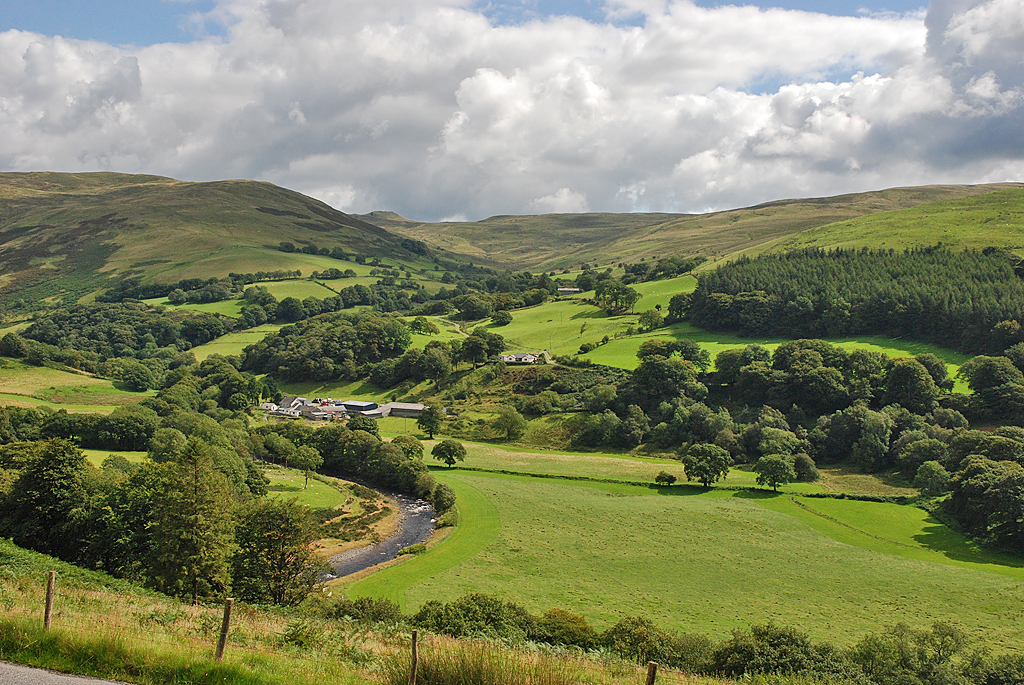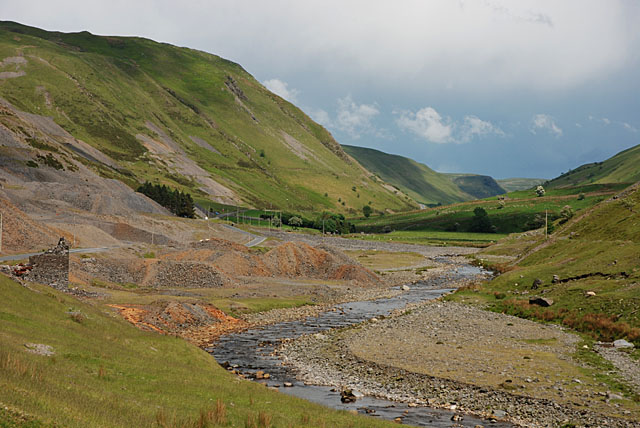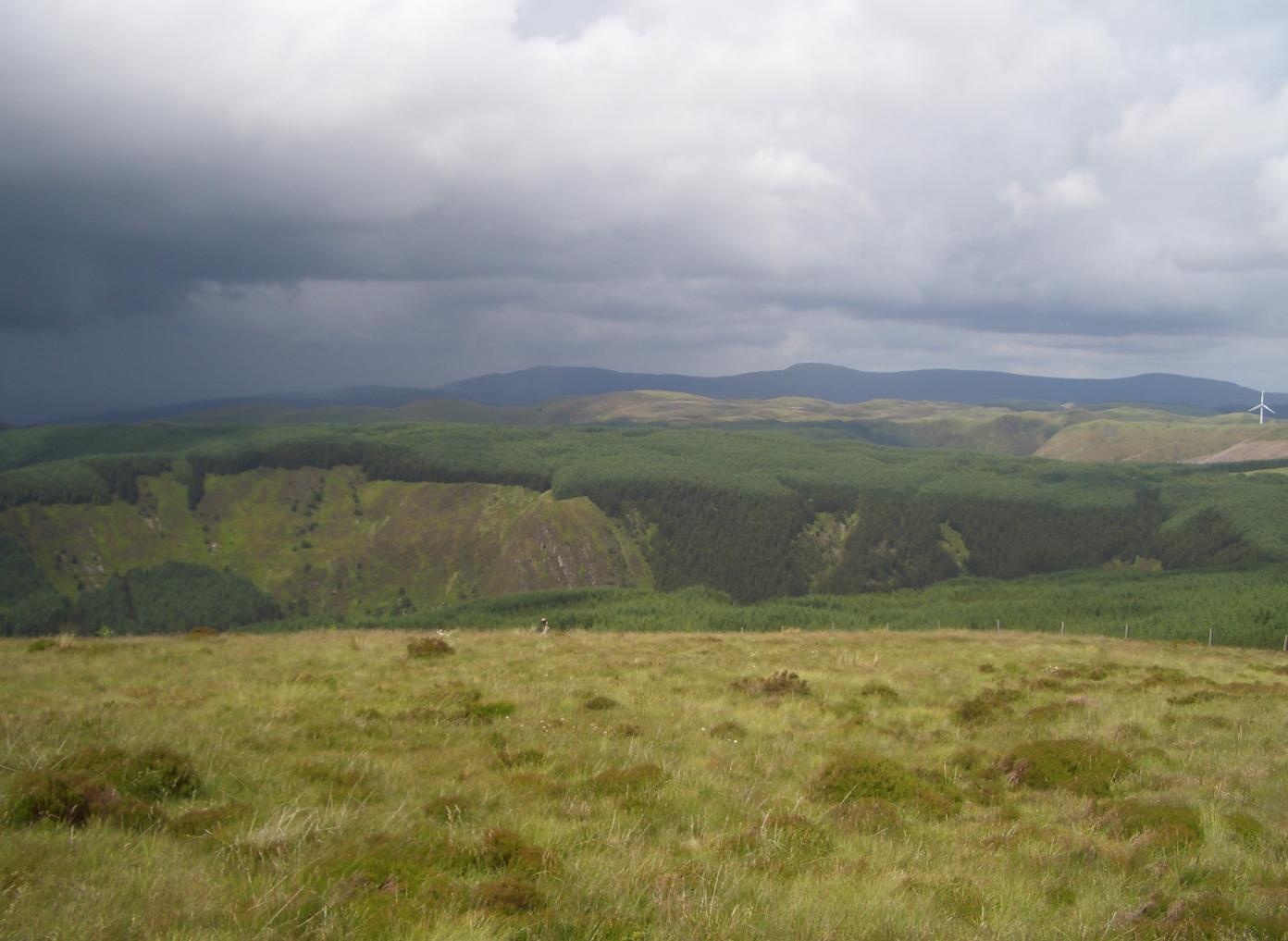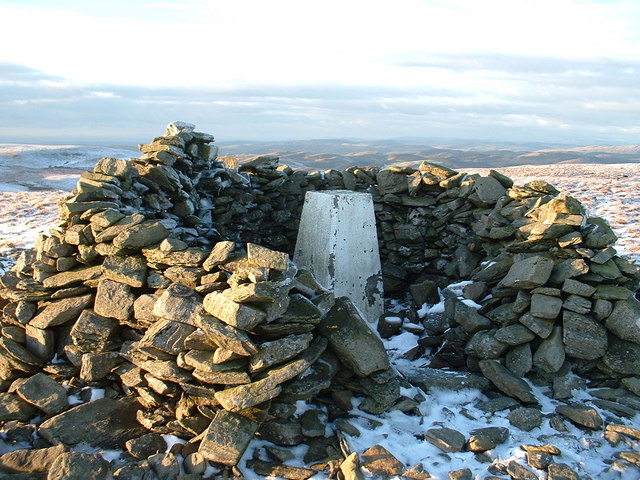Cwmystwyth
Settlement in Cardiganshire
Wales
Cwmystwyth

Cwmystwyth is a small rural village located in the county of Cardiganshire, Wales. Situated in the Cambrian Mountains, this picturesque village is renowned for its stunning natural beauty and rich mining history.
Nestled in a narrow valley, Cwmystwyth is surrounded by rolling hills and dense forests, making it an idyllic destination for nature lovers and outdoor enthusiasts. The village is traversed by the River Ystwyth, which adds to its charm with its crystal-clear waters and soothing sounds. The surrounding landscape offers numerous opportunities for hiking, mountain biking, and wildlife spotting.
Cwmystwyth's history is closely tied to its mining heritage. In the 18th and 19th centuries, the village flourished as a center for lead and silver mining. Today, remnants of the mining industry can still be seen in the form of abandoned mine shafts and buildings, providing a glimpse into the area's industrial past.
Despite its small size, Cwmystwyth boasts a strong sense of community. The village is home to a close-knit population, with a range of amenities including a local pub, village hall, and a primary school. Residents and visitors alike can enjoy the warm hospitality of the locals and partake in various community events throughout the year.
For those seeking a peaceful retreat away from the hustle and bustle of city life, Cwmystwyth offers a tranquil and unspoiled escape. Its natural beauty, coupled with its rich history, makes it a captivating destination for those looking to immerse themselves in the Welsh countryside.
If you have any feedback on the listing, please let us know in the comments section below.
Cwmystwyth Images
Images are sourced within 2km of 52.35086/-3.781635 or Grid Reference SN7874. Thanks to Geograph Open Source API. All images are credited.



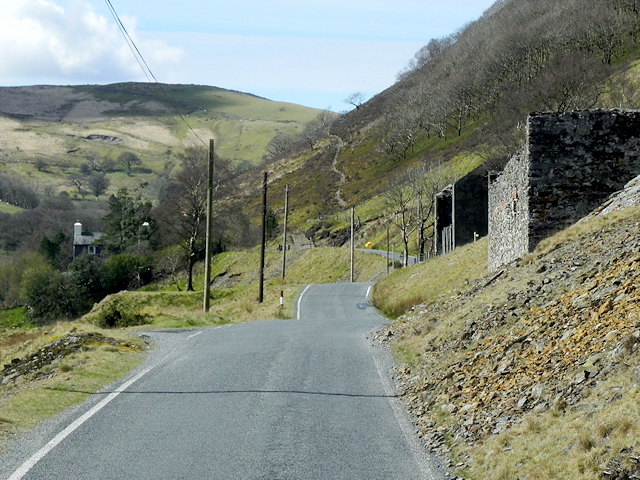
Cwmystwyth is located at Grid Ref: SN7874 (Lat: 52.35086, Lng: -3.781635)
Unitary Authority: Ceredigion
Police Authority: Dyfed Powys
What 3 Words
///reports.knees.unusually. Near Cwmystwyth, Ceredigion
Nearby Locations
Related Wikis
Cwmystwyth
Cwmystwyth (also Cwm Ystwyth, Welsh pronunciation: [kʊmˈəstʊɨθ]; English: "valley of the River Ystwyth") is a village in Ceredigion, Wales near Devil's...
Banc Tynddol sun-disc
The Banc Tynddol sun-disc (Welsh: Disc Haul Banc Tynddol) is a small, decorated, gold ornament discovered at Cwmystwyth, Ceredigion, Wales. It most likely...
Cwmystwyth Mines
Cwmystwyth mines are located in Cwmystwyth, Ceredigion, Wales and exploited a part of the Central Wales Orefield. Cwm Ystwyth is a scheduled monument,...
Mwyngloddfa Cwmystwyth
Mwyngloddfa Cwmystwyth is a Site of Special Scientific Interest in Ceredigion, west Wales. It comprises old mine workings located in the upper Ystwyth...
Eglwys Newydd Church
Eglwys Newydd Church (also known as St Michael's Church, Hafod) is an early 19th-century church which replaced a previous chapel of ease. The chapel of...
Hafod Uchtryd
Hafod Uchtryd (English: Uchtryd summer mansion) is a wooded and landscaped estate in the Ystwyth valley in Ceredigion, Wales. Near Devil's Bridge, Cwmystwyth...
Pen y Garn
Pen y Garn is a mountain in the Cambrian Mountains, Mid Wales standing at 611 metres above sea level. Pen y Garn tops a 500–600 m high plateau, which includes...
Llan Ddu Fawr
Llan Ddu Fawr or Waun Claerddu is a hill located in Ceredigion, Wales, at 594 metres (1,949 ft) above sea level. It is located about 10 miles south of...
Nearby Amenities
Located within 500m of 52.35086,-3.781635Have you been to Cwmystwyth?
Leave your review of Cwmystwyth below (or comments, questions and feedback).











